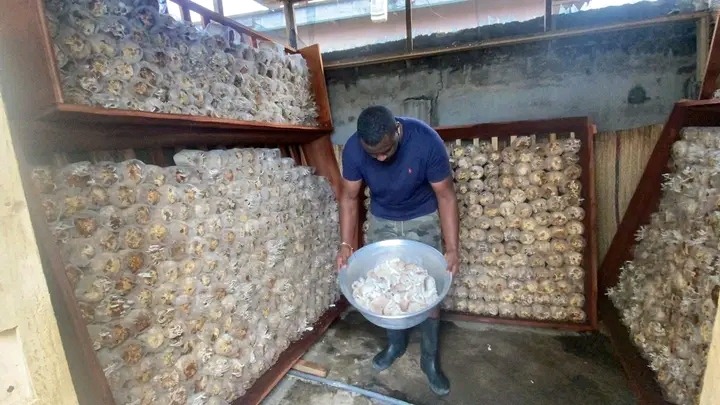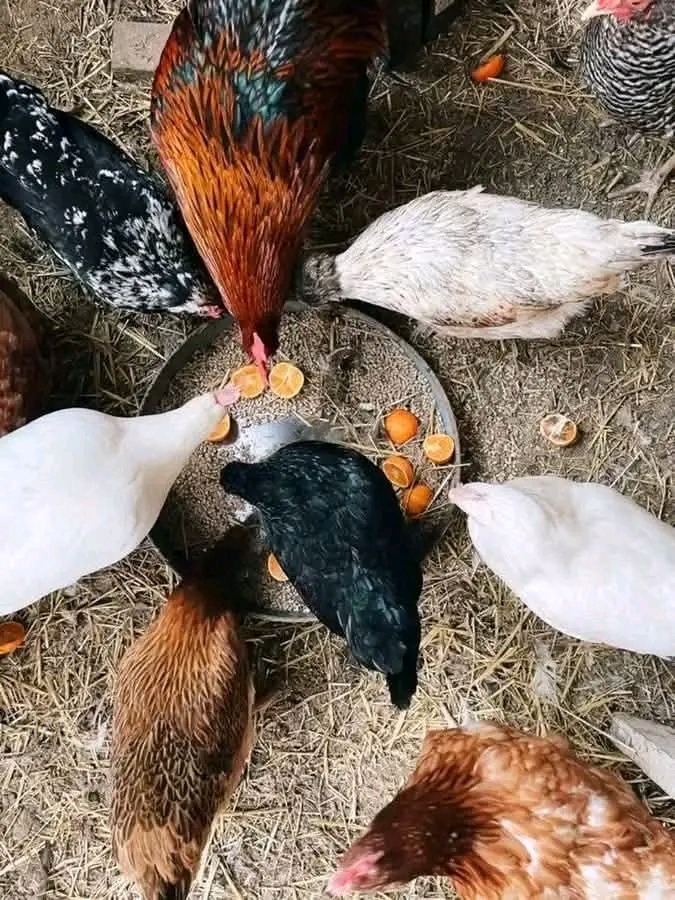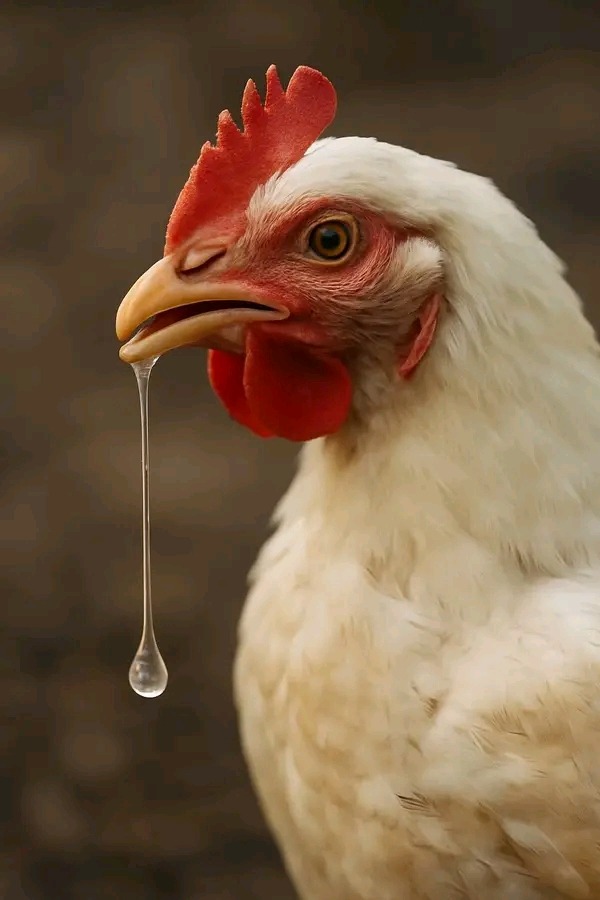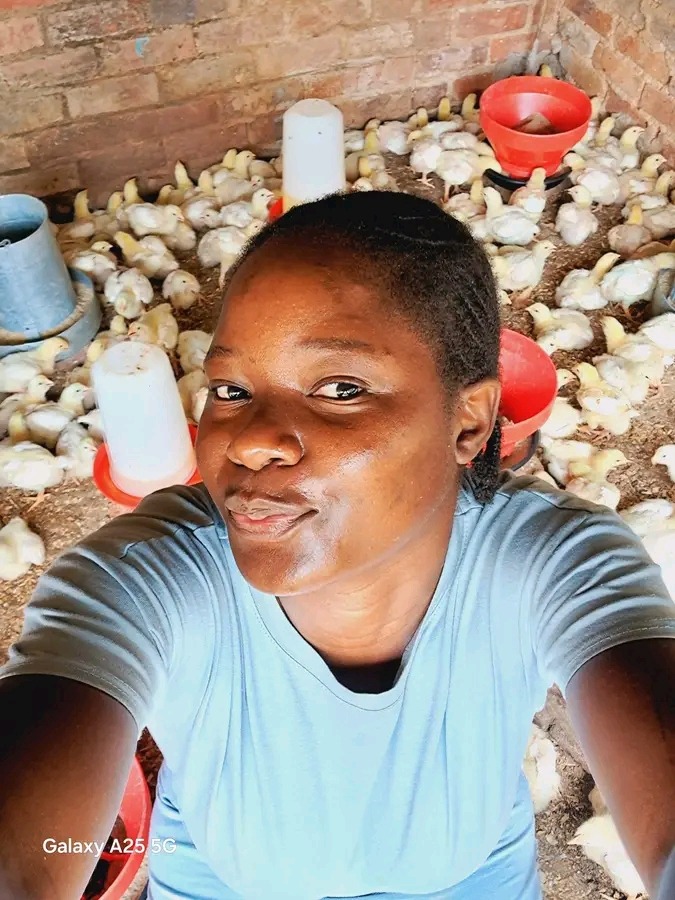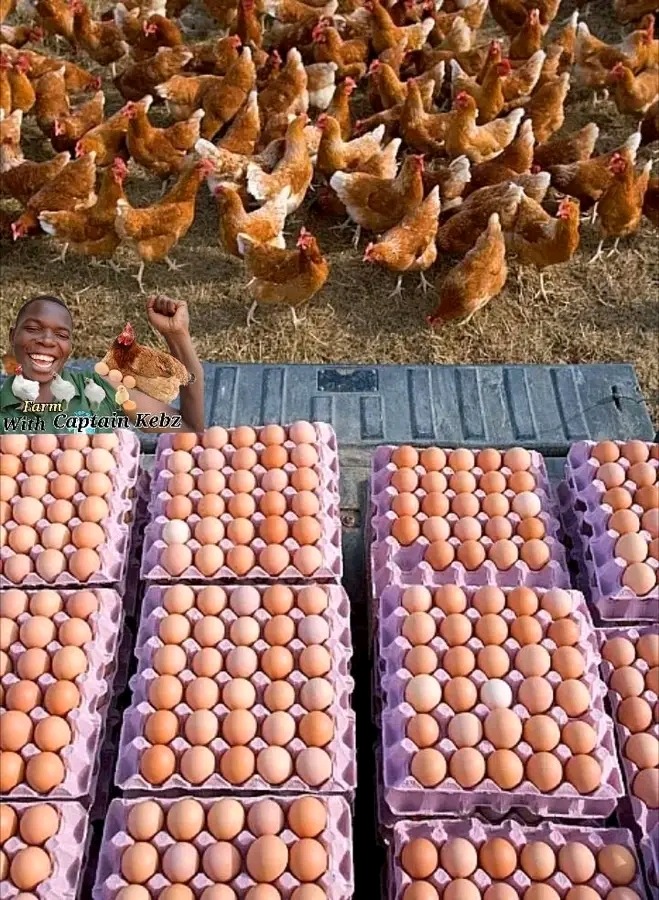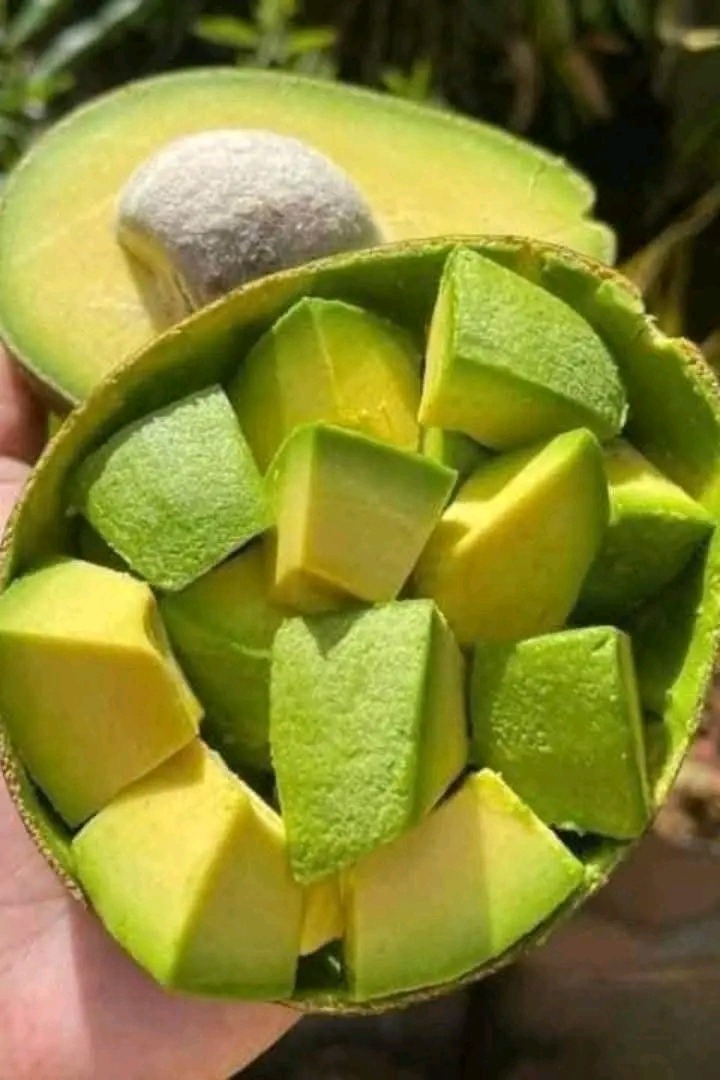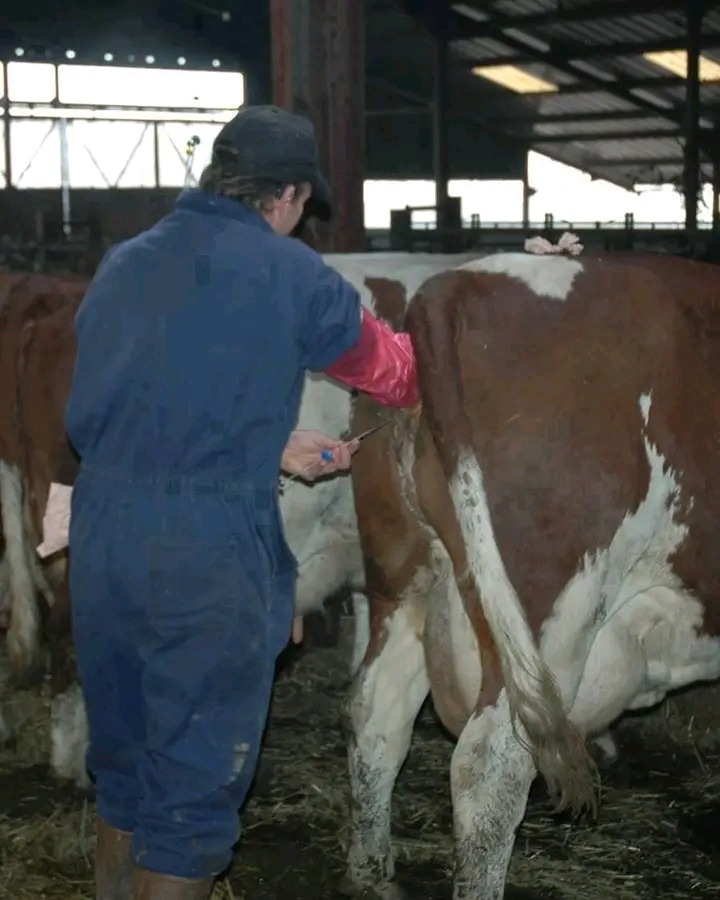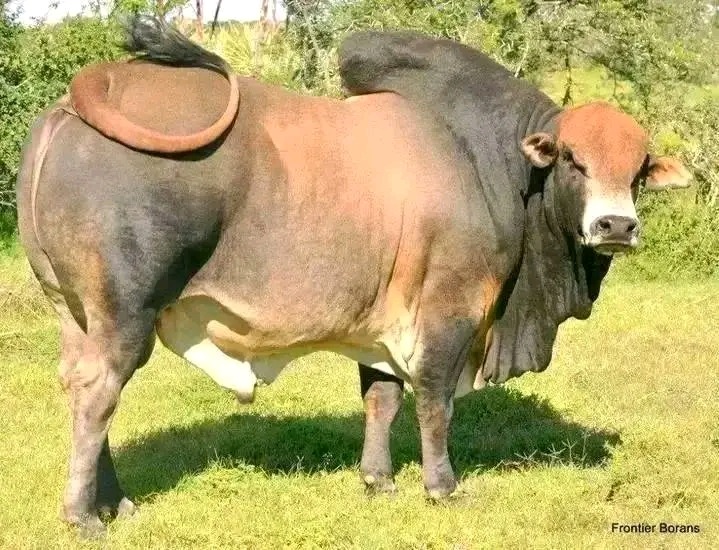
Laying hens require balanced feed to sustain maximum egg production over time.
👉They require energy, proteins, fats, minerals and vitamins. Given that feeds account for over 70 per cent of rearing costs, many farmers attempt shortcuts.
👉Some give their hens ‘breakfast,’ ‘lunch’ and ‘supper,’ in which case the birds do not get enough feeds, while others add other feed ingredients to commercial feeds.
Again unknown to many, this ‘adulteration’ serves to distort the formulation and eventually, the performance of birds.
Cumulatively, each layer chick consumes about 2kg of chick and duck mash between day old to eight weeks.
👉One growing pullet consumes about 7kg growers mash cumulatively between 9 and 20 weeks. A layer bird cumulatively consumes about 50kg of mash for her entire optimal laying life of 12 months (about 140g/day).
If a farmer finds that their hens are eating more, it is most likely that they have a lot of spillage (they eat more when it is cold).
Spillage maybe corrected by raising or lowering the feeders so the feed level is the same as the back of the hens.
👉Water is a critical but often overlooked nutrient. Birds and indeed all animals can survive longer without feed/food than without water.
At normal temperatures, layers consume twice as much water as they consume feeds. During periods of high temperatures, water consumption may double or even quadruple.
For good lay percentages, ensure birds are supplied with adequate quantities and quality water.









